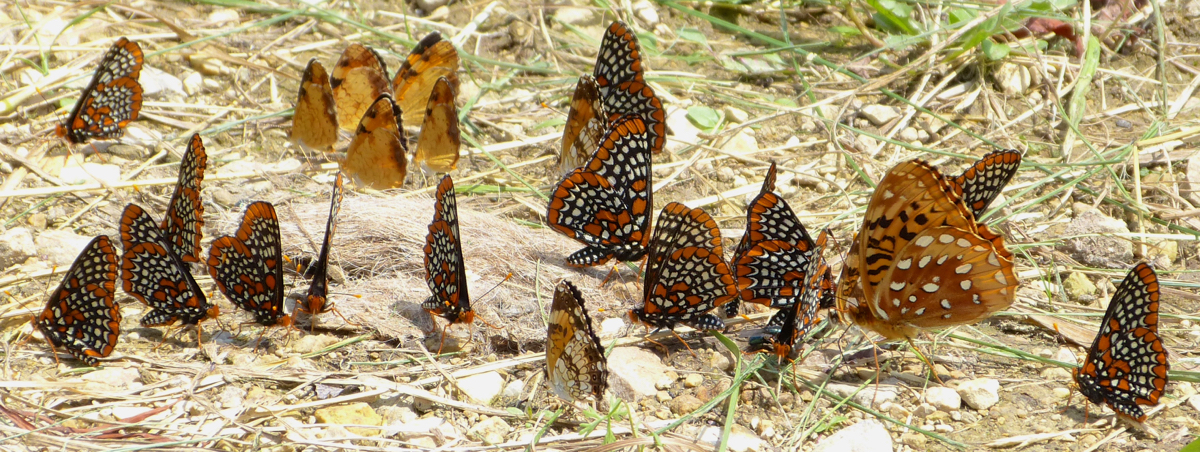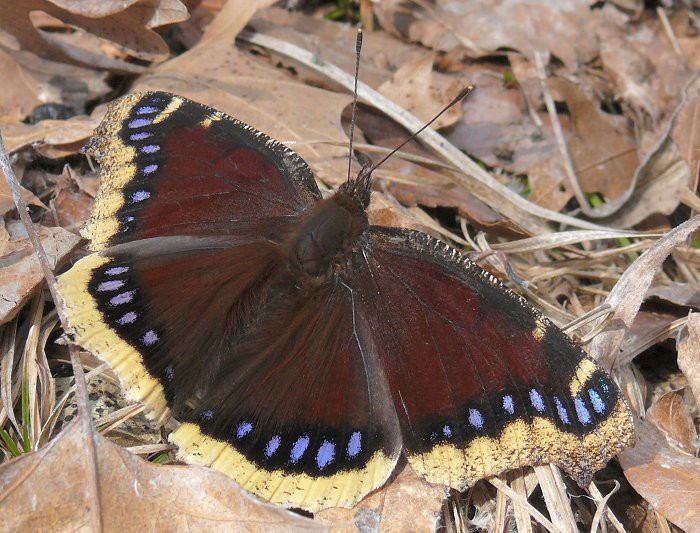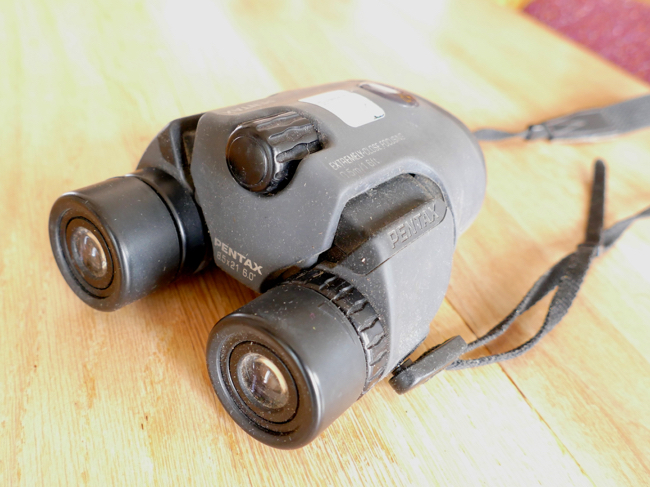Ever since we bought our land, I’ve been watching and learning about the butterflies we see. Here are some things I’ve learned that make it easier to find them, and references to learn more about them.
Life Cycle
Butterflies have a four part life cycle – egg, larva (caterpillar), pupa (chrysalis) and adult. I’ve found all of these stages in the wild, but the easiest to find are the adults. Eggs, larvae and pupae are usually well camouflaged to protect them from predators.
Butterflies vs. Moths
The best way to tell the difference is from their antennae. Butterfly antennae have thickened ends. Moth antennae are either tapered to a point, or feathery.
Time of Day
Adult butterflies fly mostly between about 10 and 4 on warm sunny days. The warmer it is, the more and faster they’ll move. So on hot sunny days I see lots of butterflies, but it’s difficult to photograph them. Cooler mornings, or slightly cloudy days are easier for photography.
Time of Year
I see butterflies – here in western Wisconsin – from mid-March until mid-October. The earliest and latest butterflies are ones that spend the winter as adults, and come out of hiding if the air temperature is warm, and the sun is out. But I see the most adults in mid-summer – June through August.
Mourning Cloak basking in the sun on March 17, 2009.
Tools
It helps to have good close-focusing binoculars. These are the ones I have, but there are other brands available.
Chemicals
Don’t use pesticides, or go to places that use pesticides. Many pesticides are designed to kill caterpillars and some also kill adult butterflies. Pesticides that are designed to kill adult insects, aren’t very specific, so for example, even spraying for mosquitoes kills caterpillars and butterflies.
One group of pesticides to be particularly aware of are Neonicotinoids. Neonicotinoids are systemic pesticides, which means they are in all parts of the plant – including leaves, flowers and nectar. So if a caterpillar feeds on a plant that has been treated with Neonicotinoids, or a butterfly nectars on one, it may die.
If you buy plants or seeds at a nursery, be sure to ask if they’ve been treated with any pesticides.
Where to Look
The best places to look for butterflies are ones with lots of native habitat. The more different kinds of native plants, and the more variety in habitat – woods, wetland, prairie – the more species of butterflies you may find. Especially check gravel roads, sunny rocky stream edges, animal scat, flowering native plants.
Butterfly Counts and Sightings
The North American Butterfly Association (NABA) holds annual butterfly counts in mid-summer. Based on the Christmas Bird Count, they’re usually held within a week or two of the 4th of July.
The Wisconsin Butterflies web site allows you to share your sightings of butterflies seen in Wisconsin.
References:
Web sites:
Bugguide.net
Wisconsin Butterflies
Butterflies and Moths of North America
Facebook – many butterfly groups
Books:
Butterflies Through Binoculars The East – by Jeffrey Glassberg
Butterflies of North America – by Jim P. Brock & Ken Kaufman
Caterpillars of Eastern North America – by David L. Wagner
Butterflies of the North Woods – by Larry Weber
Caterpillars in Field and Garden – by Thomas Allen, Jim Brock, Jeffrey Glassberg
Video:
The Value of Having Native Plants in our Yards by Douglas Tallamy
Insect Photography:
Tips for Better Insect Photography – Clay Bolt
Click here for my List of Native Plants to attract butterflies and other pollinators
Native Plant Nurseries and Information:
(This is not a complete list – just ones I’ve had experience with.)
Prairie Moon Nursery – extensive selection of native seeds and plants. Mail order only. Its website and publications have lists of natives that attract pollinators and butterflies, and cultural information for gardeners.
Prairie Restorations – Sells mostly plants; good selection of natives; outlets in several places in Minnesota.
Prairie Nursery – Native plants and seeds; lists of natives for different soil types. Westfield, WI
Kinnickinnic Natives – Small nursery with great selection of native plants with local genotypes. River Falls, WI



